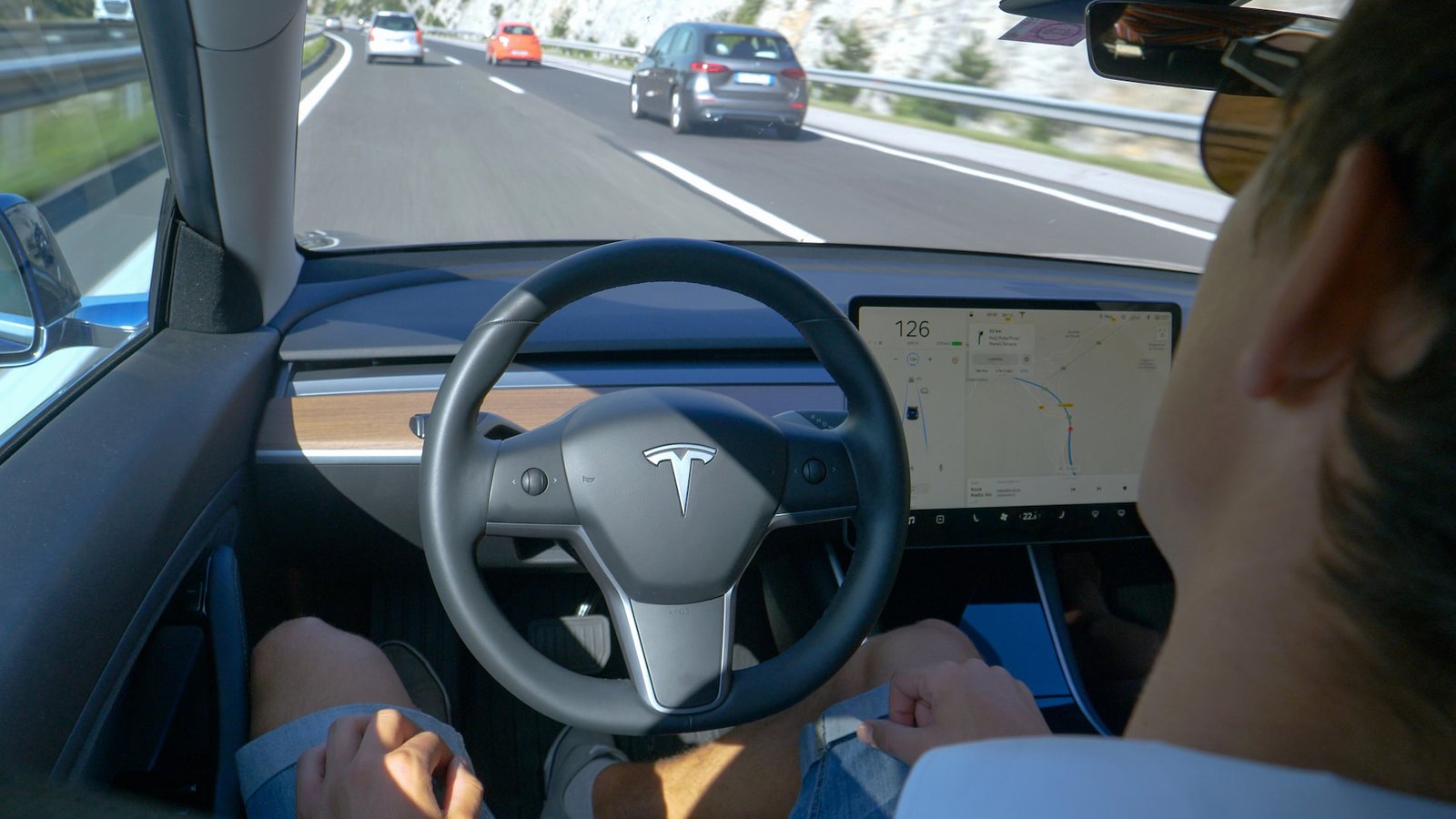A new video showing off Tesla‘s self-driving Model Y has emerged in light of the company’s major bid on its Robotaxi technology.
Tesla‘s Robotaxi is a fully self-driving taxi service. Test-drives have already been underway in Austin, Texas, where the company is based. From Tesla’s first “Autopilot” to the supervised version of Full Self-Driving, autonomous driving technology has long been a feature of Tesla’s vehicles.
Now, the electric vehicle vanguard is taking a major leap towards widespread engagement with FSD technology.
“In videos shared by Tesla on Friday, the car navigates around Swindon’s Magic Roundabout — regularly voted one of Britain’s most complicated junctions — without the human safety driver intervening,” reported the Telegraph.
Full drive through London, UK 🇬🇧
FSD Supervised is pending regulatory approval pic.twitter.com/EnIR4bfLwB
— Tesla Europe & Middle East (@teslaeurope) July 25, 2025
The video shows the vehicle smoothly navigating tricky situations like avoiding cyclists and pulled-over vehicles with their hazards flashing, making lane changes and merging look easy.
Amid a year of controversy, protests, and dwindling sales, Tesla CEO Elon Musk is betting big on technology that could revolutionize everyday travel.
It isn’t perfect yet, but trials like this are a critical part of development. Especially as the beta cars make errors in FSD, the technology improves based on the feedback of a human passenger present for each test drive. Tesla is also working to train its software on billions of real-life situations in existing Tesla vehicles to guide FSD towards safer actions in virtually any situation.
“I had a ride in an autonomous taxi on a recent trip to San Francisco (a Waymo, not a Tesla). The whole experience felt safer than many taxi rides I’ve had with human drivers,” said one commenter on the Telegraph announcement.
Another shared anxiety over FSD accidents: “I’ve no doubt it works almost all the time — but it will only take one fatality to crash the whole idea,” to which another pointed out how many fatalities occur in the UK yearly with regular vehicles: “Why would [one] fatality in an autonomous vehicle kill off the idea when we accept over 1,600 deaths a year (2023 figures) in vehicles driven by ‘qualified’ human drivers?”
The British government has said it is preparing to allow self-driving vehicles (without a driver) as early as 2026.
Self-driving or not, more EVs in cities is a good thing. With zero-carbon pollution and remarkably quiet operation, EVs have the potential to transform cities into an air- and noise-pollution-free paradise.
Many EV owners are opting to power their cars exclusively with the sun — even in rainier regions like the U.K. — by installing solar panels that drastically increase the cost savings already present in EV ownership.
Oftentimes, the solar even equalizes the rest of the home’s energy bill, saving consumers thousands. EnergySage is a great resource for comparing installers, and makes it easy to find out how to save up to $10,000 on installation with tax rebates.
Join our free newsletter for weekly updates on the latest innovations improving our lives and shaping our future, and don’t miss this cool list of easy ways to help yourself while helping the planet.

